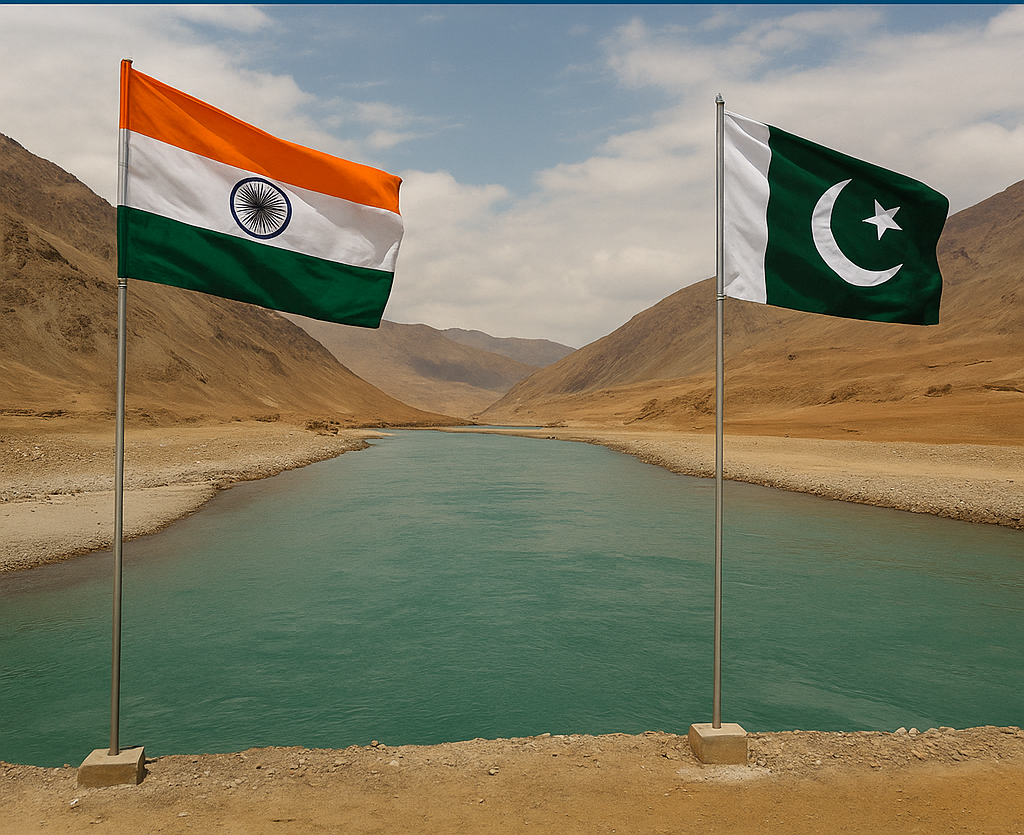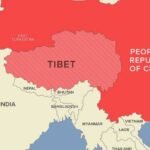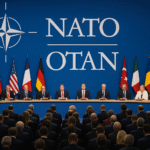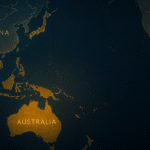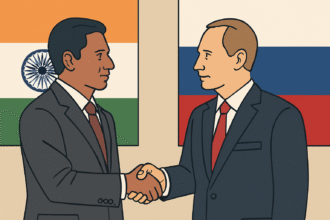New Delhi/Islamabad – In a region fraught with military standoffs, political mistrust, and historical grievances, one agreement has weathered the storms of Indo-Pakistani relations for over six decades: the Indus Waters Treaty (IWT). Signed in 1960 under the World Bank’s mediation, the treaty has long been hailed as a diplomatic triumph—one of the world’s most successful water-sharing pacts.
Yet in recent years, this pillar of cooperation has come under increasing strain, raising fresh concerns over water security, sovereignty, and environmental vulnerability across South Asia.
What Is the Indus Waters Treaty?
The Indus Waters Treaty allocates the waters of the six-river Indus system between India and Pakistan. Under the treaty:
- Western rivers — the Indus, Jhelum, and Chenab — are allocated to Pakistan.
- Eastern rivers — the Ravi, Beas, and Sutlej — are allocated to India.
India retains limited rights over the western rivers, including for non-consumptive use (like hydropower), irrigation, and storage, but must not alter the flow in a way that affects Pakistan downstream.
Over the years, this arrangement has enabled both countries to avoid open water conflict—even during times of war.
A Treaty Under Stress
Tensions over the IWT have escalated over the past decade due to several converging factors:
- Hydropower Projects in Kashmir
India’s construction of hydropower plants such as Kishanganga and Ratle on western rivers has triggered objections from Pakistan, which argues that these projects could affect downstream flow. India maintains they comply with treaty norms. The issue has resulted in arbitration and expert-level talks that have tested the treaty’s mechanisms. - Climate Change and Water Scarcity
Glacial melt, shifting rainfall patterns, and increasing water demand in both countries are intensifying pressure on the Indus system. Pakistan, largely reliant on agriculture and with limited water storage, is particularly vulnerable to fluctuations in river flow. - Geopolitical Fallout Post-Uri and Pulwama
After the 2016 Uri attack and the 2019 Pulwama bombing, India hinted at reevaluating the treaty as part of a broader strategic response. Prime Minister Modi’s remarks—“blood and water cannot flow together”—sparked debate on whether India might leverage water as a pressure tool. - Diplomatic Deadlock
Since 2023, official-level talks on IWT have slowed. In 2025, India formally requested a treaty review, calling for modernization of dispute resolution procedures and greater flexibility in water infrastructure development—moves Pakistan views with suspicion.
Perspectives from Both Sides
Indian Viewpoint:
Many Indian officials and analysts argue that the treaty disproportionately benefits Pakistan and constrains India’s development, especially in Jammu and Kashmir. They seek a “reinterpretation” rather than abrogation, to allow more hydropower generation and storage in alignment with India’s energy goals.
Pakistani Concerns:
For Islamabad, the IWT is a lifeline. Nearly 80% of Pakistan’s irrigated agriculture depends on the Indus basin. Any perceived violation by India is viewed as a direct threat to national food and water security. Pakistan insists the treaty is sacrosanct and must be upheld in letter and spirit.
International Mediation and Legal Maneuvers
The World Bank, which helped broker the original agreement, continues to play a limited facilitative role. In 2023, it revived parallel dispute resolution mechanisms—a Neutral Expert and a Court of Arbitration—after both countries failed to agree on a single channel. India objected, citing procedural inconsistencies, while Pakistan welcomed the development.
Legal experts warn that overlapping mechanisms could undermine the treaty’s clarity and long-term sustainability. Still, both sides remain locked into the treaty’s framework, unwilling to abandon it but unable to fully agree on its implementation.
What Happens Next?
As South Asia faces a hotter, drier, and more populous future, the Indus Waters Treaty is likely to remain a flashpoint and a bellwether.
- India may continue to push for revised terms that align with its developmental needs.
- Pakistan will likely resist any changes, fearing existential consequences.
- Climate change, more than geopolitics, may be the ultimate stress test.
While the treaty has survived war, diplomacy, and political upheaval, its long-term survival will depend on whether India and Pakistan can adapt its provisions to 21st-century realities—without reopening old wounds.
Bottom Line:
The Indus Waters Treaty is more than a water-sharing agreement; it’s a fragile peace pact in a deeply fractured region. Its durability so far is remarkable. But to preserve it, both nations must evolve from historical suspicion to future-focused cooperation—before water becomes the next weapon of war.

